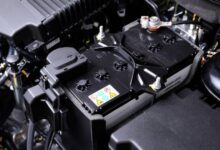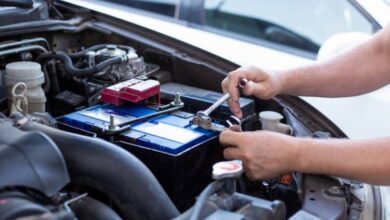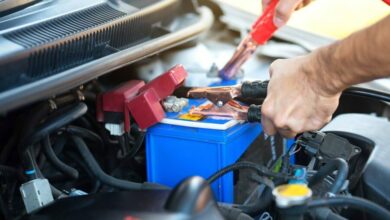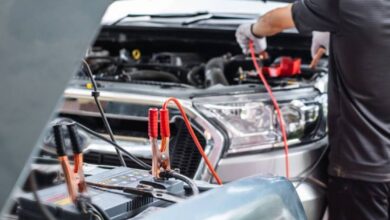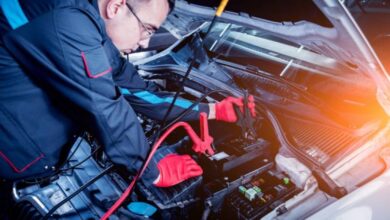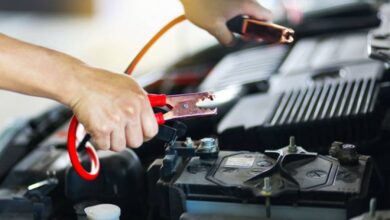How To Put Car In Neutral With Dead Battery: Step by Step Guide
Last Updated on July 25, 2022 by Thomas James
If you ever find yourself stuck with a dead battery and no way to reverse the process, this blog will help you. Car troubles can sometimes make it so you can’t drive anywhere. One of the most common problems is a dead battery. A dead battery can put you in a tight spot and leave you with no way to get home. It’s essential to know how to get your car out of neutral so you can drive again. This blog will help you how to put car in neutral with dead battery.
Car engines are complicated. It is why most people don’t even try to work on their car’s engine. It is not an ideal situation for any of us. However, knowing how to properly put the car into neutral and turn it off when it is broken down can save you lots of time.
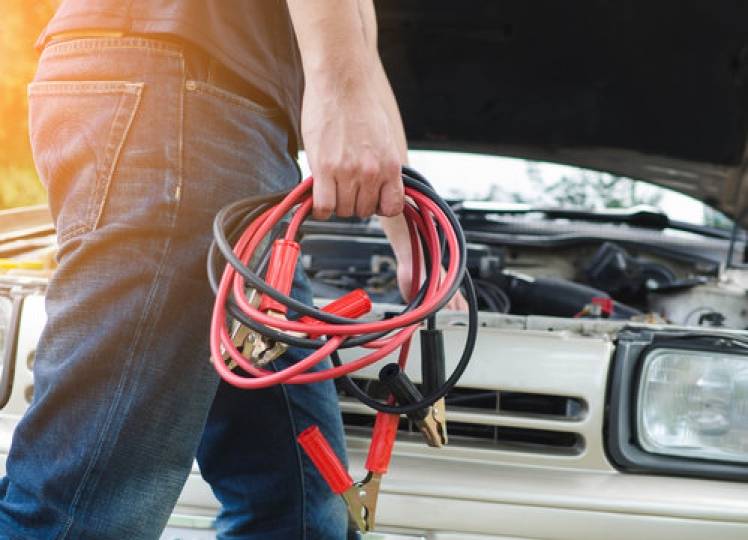
How To Put Car In Neutral With Dead Battery: Steps
Neutral gear operation is the same for both transmissions, as you may know (automatic transmissions and manual transmission). Car manufacturers are now getting into this and making changes to gear shifting. Electronic shift locks are now standard on modern automobiles.
As a result, they are developing automobiles that do not require the use of a key to operate the vehicle’s entry systems. However, the issue arises when the car battery dies, and the vehicle’s gears refuse to shift to neutral.
You also like: Can Car Battery Die While Driving
You may or may not have the keys to your car when you want to put a dead car in neutral. Putting a car in neutral with a dead battery is simple if you have your keys. But don’t worry. This blog will show you how to solve the problem whether or not you have your keys with you.
How To Put Car In Neutral With Dead Battery With Keys
If you have your keys with you, there is no problem putting a car in neutral with a dead battery. Just follow these steps.
Pull the Parking Brake
To put a car in neutral with a dead battery, you need to pull the parking brake. The parking brake should be engaged whenever you are driving. Pulling the parking brake will engage the brakes and prevent the car from moving. In most vehicles, the parking brake is located near the steering wheels column or next to the gear sector for those who don’t know or haven’t used it.
Place the key into the ignition and turn it on.
After pulling the parking brake, place the keys into the ignition and turn it on. The engine should start, and the car should be ready to move.
Put the car in neutral.
Once the engine starts, place the car in neutral. If the car is automatic, it should be easy. Simply shift into neutral by pressing the gear selector into the neutral position. If you have a manual transmission, you need to change the gear lever into a neutral position. Once the gear selector is neutral, you can put the car in neutral by releasing the clutch pedal.
You also like: How To Fix A Car Battery That Doesn’t Hold Charge?
Activate the Brake Pedal
After you’ve turned on the engine and put the keys in the ignition, you’ll need to apply a lot of force to the brake pedal. Make sure there’s nothing under the brake pedal because it won’t fully depress if there is.
Remove the Shift Lock
Your car’s shifting lock is still engaged if the gear shift does not move into neutral. So you apply the parking brake, then try to turn on the ignition switch, then fully press the brake pedal, but the car still won’t go into neutral. You’ll need to separate the shift lock. So, How can you do it by simply following the below steps:
- Locate the shift lock latch or keyhole in the vehicle’s center console.
- Suppose you come across a shift lock override slot or a latch in the center console. You must remove the plastic cap from the slot.
- Insert a flathead screwdriver or a nail file into the slot, push it down, and hold it.
- When you let go of the shift lock, hit the brake pedal.
If you can adequately release the shift lock, the gear will automatically shift to neutral. It may appear difficult, but it is actually quite simple; this is why you should try it.
How To Put Car In Neutral With Dead Battery Without Keys
If you don’t have your keys with you, you can still put a car in neutral with a dead battery. All you need to do is follow the steps below:
What you need to have:
- Wheel blocks
- A light source, e.g. flashlight
- A vehicle that is not closed
What you need to do:
The Car Wheels Must Be Blocked
The car’s wheels must be blocked to prevent them from rolling away. It is the first step in neutralizing a car with a dead battery. You can use anything long enough to block the wheels, like a broomstick or a piece of wood.
Locate the transmission under the car’s hood
Once you have blocked the wheels, locate the transmission under the car’s hood. After you’ve gone under the car, you’ll need to find the transmission. The transmission is usually mounted a little lower than the engine, level with the oil pan. Finding the transmission in the car is a simple task. You’ll have no trouble finding it.
Removing the Cable
Once you’ve found the transmission, you’ll need to remove the cable from it. The cable is connected to the gearshift lever, so you need to disconnect it. You can use a pair of pliers or a small wrench to remove the cable.
Push The Lever To The Car’s End
The gear shift lever is hidden beneath what you see. And this is what you use to shift gears in your car. After disconnecting the cable, pull the shift lever all the way to the back of the car. Continue to push the lever until your car makes two clicking noises. You don’t have to press down so hard on the shift lever; you shouldn’t.
A Light Push on the Car’s Brakes
The final step is to push on the car’s brakes. You’ll need to push the car’s brakes all the way down to the ground. It will help the car go into neutral.
When you push the car from any direction, it should move a little if this manual gear shifting trick works. And the car will be automatically put in neutral, demonstrating how to put a car in neutral without turning it on.
Frequently Asked Questions
Q: What happens if I forget to push the car’s brakes when I’m putting a car in neutral?
If you forget to push the car’s brakes, you’ll be stuck with a car that won’t start. If you don’t have a jump-start, you’ll need to call for help.
Q: Why does it take longer to put a car in neutral when the battery is dead?
If you are driving a car with a manual transmission, it takes longer to put the car in neutral with a dead battery because the engine is not running. The transmission shifts automatically when the engine is running, so you don’t have to press the gearshift lever.
Final Verdict
We hope you enjoyed our article on how to put car in neutral with dead battery. We want you to know that there are many things that you can do to avoid being stranded on the side of the road in a low power state. If you are ever going to be in this type of situation, you need to know what to do and what equipment you need. Check out our blog post for information on how to put your car in neutral with a dead battery and get moving again! Thank you for reading. We are always excited when one of our posts is able to provide helpful information on a topic like this!




